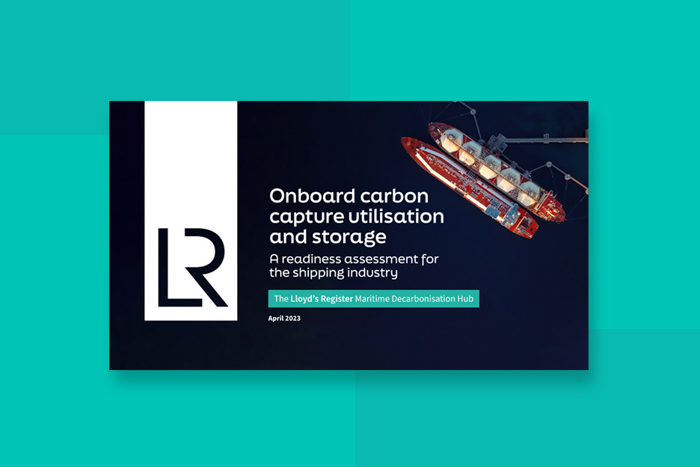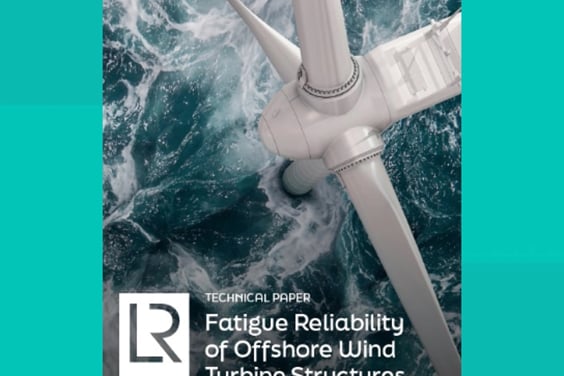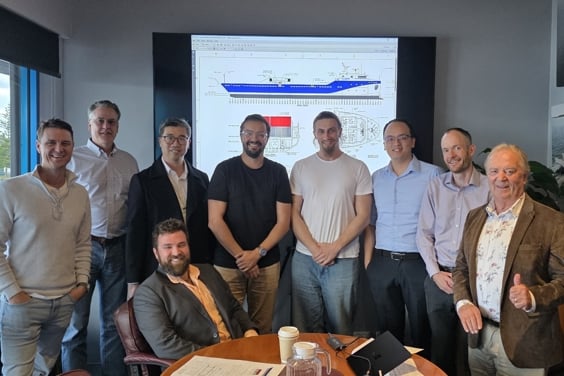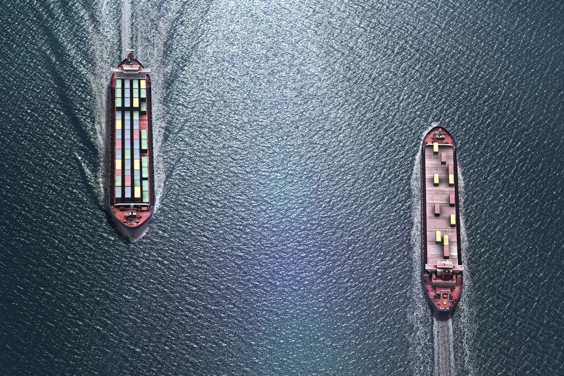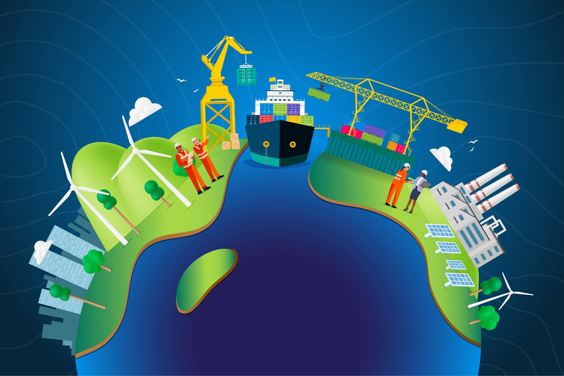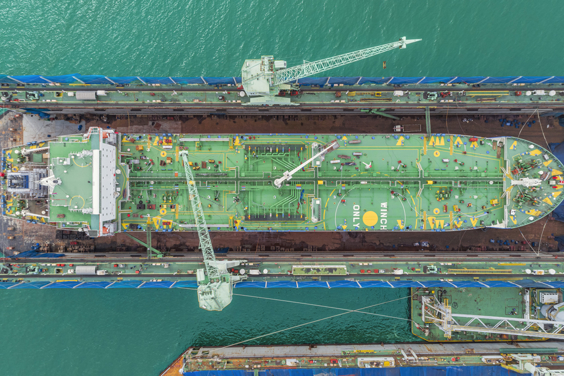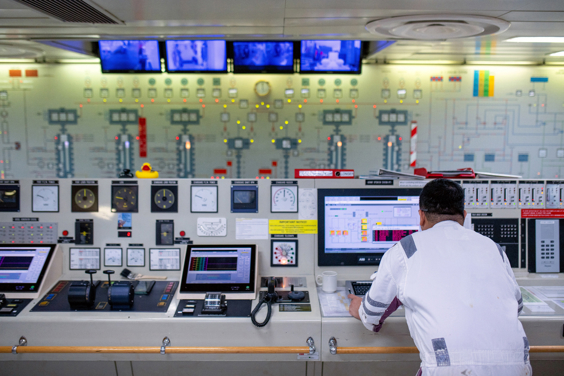Retrofitting existing vessels is fast becoming a pivotal strategy for the maritime industry, compelled by the urgent imperative to reduce greenhouse gas (GHG) emissions and comply with global standards. The shipping sector is under increasing scrutiny to reduce its environmental impact and improve energy efficiency.
To learn more about the practical applications and benefits of retrofitting, explore our Ship Retrofit Solutions, designed to help you take the next step towards a more sustainable and compliant fleet.
To achieve the goal of net-zero emissions, there is a growing emphasis on upgrading current ships with cutting-edge technologies such as alternative fuel systems, wind-assisted propulsion, hull improvements, advanced propellers, and carbon capture solutions. These enhancements are proving to be an effective path to decarbonisation, improving operational performance, reducing fuel usage, and consequently lowering emissions.
As the industry navigates towards a greener horizon, retrofitting stands out not just as a means to fulfil ecological goals but also as a pathway to economic benefits through fuel economy and adherence to regulations.
Lloyd’s Register’s Retrofit Research programme serves as a comprehensive hub for ship retrofitting insights, providing annual reports, publications and tools that monitor retrofitting demand, capabilities, and adoption trends.
As the industry progresses towards a more sustainable future, retrofitting may not only be a way to meet environmental objectives but also deliver economic advantages through fuel savings and regulatory compliance.
- Carbon capture
- Engine
- Hull enhancements
- Propeller
- Wind-assisted propulsion
Retrofitting carbon capture solutions onto ships is an emerging yet vital technology aimed at diminishing carbon emissions within the maritime sector. This process involves equipping ships with systems capable of capturing CO2 emissions directly from the engine’s exhaust, thereby preventing their release into the atmosphere.
Retrofitting ship engines for alternative fuels is becoming a viable long term strategic approach to emission reduction being considered by ship owners. Multiple factors need to be evaluated such as, fleet readiness, engine technology, regulatory drivers, and alternative fuel availability.
Retrofitting hull enhancements for ships is an established approach to reducing carbon emissions and improving energy efficiency in the maritime industry.
Retrofitting propellers to existing ships can improve efficiency and reduce emissions, and is fast becoming a viable option for ship operators and owners looking to reduce their carbon footprint and comply with international regulations.
Wind-assisted propulsion, the task of retrofitting “sails/rotors” to ships can bring with it many benefits, such as less fuel consumption, costs, and reduced CO2 emissions.







